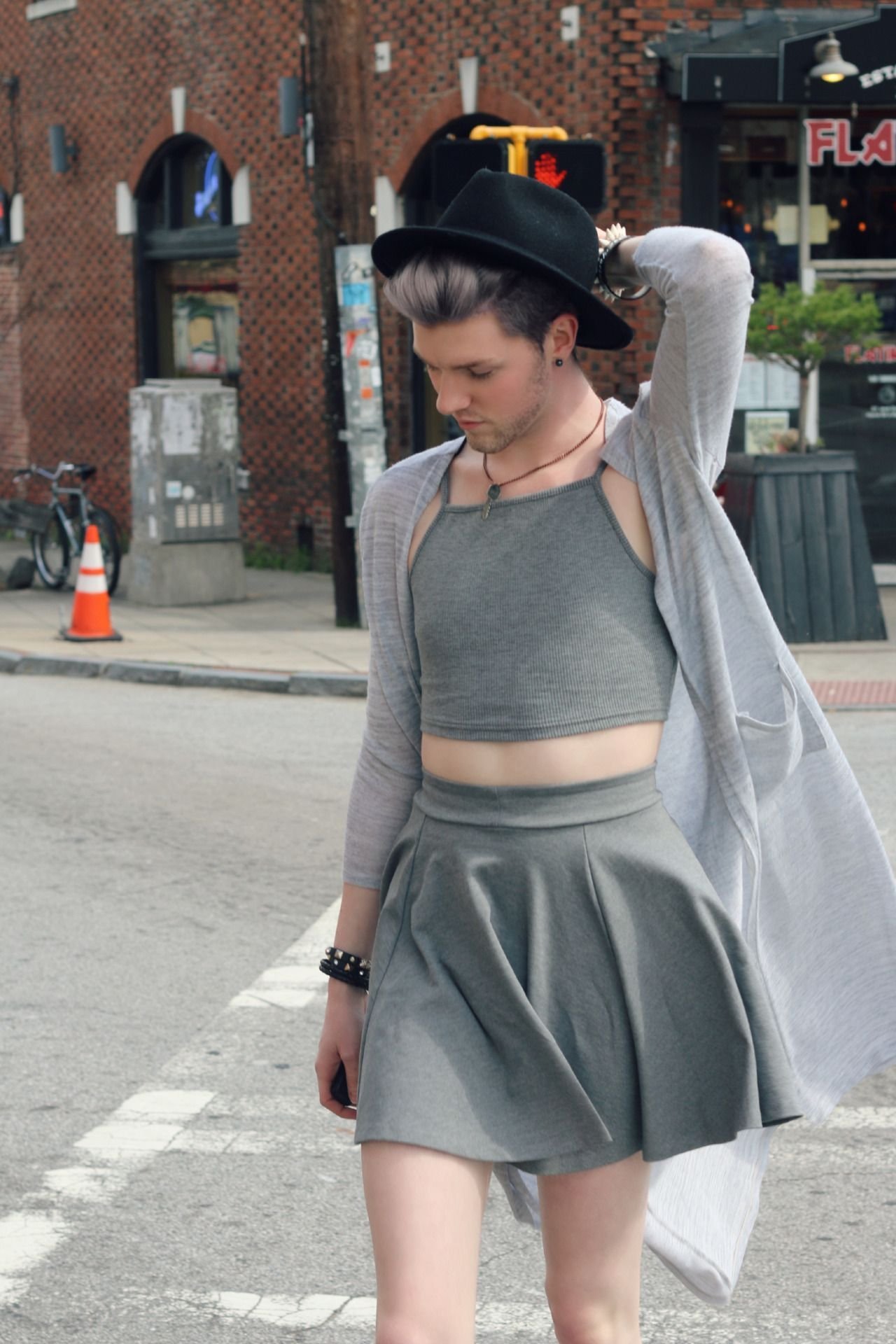Breaking the Fashion Binary: How LGBTQ+ India is Rewriting Style Rules in 2025
Fashion has always been political, but in 2025, it’s revolutionary. The LGBTQ+ community isn’t just wearing clothes they’re dismantling decades of “should” and “shouldn’t” one outfit at a time. From fluid cuts to fearless combinations, queer India is proving that the best fashion happens when you throw the rulebook out the window.
Beyond the Binary: The Real Fashion Revolution
For too long, fashion was segregated into rigid boxes: men’s sections, women’s sections, and nothing in between. But gender-neutral fashion in 2025 isn’t about creating a third category it’s about questioning why we needed categories at all.
Loose silhouettes, oversized garments, and minimalist designs that work across different body types are becoming increasingly popular across India, from bustling metros to smaller towns. The revolution isn’t happening on international runway sit’s happening in wardrobes, workplaces, and wedding functions across the country.
Indian designers are leading this charge with collections that honour both tradition and transformation. Labels like Two Point Two, whose tagline is ‘agender is the new gender,’ create pieces that stand for neither of the binaries and yet for both, proving that inclusive fashion can be both conceptually bold and commercially viable.
Debunking the Myths: Creativity Isn’t Gendered
Let’s address the elephant in the room the tired stereotype that gay men are naturally more fashionable. This myth not only reduces LGBTQ+ individuals to caricatures but also ignores the real reason queer fashion feels so fresh: it’s born from necessity, not nature.
When you’ve spent your life questioning societal norms about who you should be, questioning fashion norms becomes second nature. It’s not about having a “gay gene for creativity “it’s about having the courage to experiment when you’ve already learned that authenticity matters more than approval.
The real magic happens when anyone regardless of sexual orientation or gender identity decides to prioritize personal expression over social expectations. That’s when you get truly innovative combinations: sarees with sneakers, kurtas with combat boots, or blazers with lehengas.
The Indian Context: Where Tradition Meets Transformation
Pride in India looks different from Western celebrations, and so does Indian queer fashion. It’s rooted in centuries of gender fluidity embedded in our culture from Ardhana Ishvara to the hijra community while embracing contemporary global conversations about identity and expression.
“Fashion isn’t about ruleset’s about finding yourself and having the courage to wear that discovery on your sleeve, literally.” Anonymous fashion blogger from Chennai
Indian labels emphasize that true luxury is for everyone, irrespective of gender identity, creating a perfect blend of tradition and modernity. This isn’t cultural appropriation meeting Western trend sit’s cultural reclamation meeting contemporary needs.
Designers are creating pieces that speak multiple languages: the language of tradition through handloom textiles and traditional silhouettes, and the language of modernity through gender-neutral cuts and sustainable practices.
The Business of Breaking Boundaries
The fashion industry’s relationship with LGBTQ+ creativity is complex. Yes, creative fields have historically attracted queer individuals not because of genetics, but because creativity offers spaces where difference is valued over conformity.
However, the assumption that “any male in fashion must be gay” reveals how narrow our thinking has been. The industry is finally recognizing that diversity in identity leads to diversity in design, and that’s good for everyone’s bottom line.
Safe spaces in fashion retail are expanding beyond tolerance to celebration. Labels like The Pot Plant promote sustainability, gender-inclusive clothing, and fuss free fashion using natural fabrics, proving that conscious consumption and conscious identity expression go hand in hand.
2025’s Fashion Freedom Fighters
Today’s LGBTQ+ fashion leaders aren’t just making clothes they’re making statements:
- Fluid cuts and flowing silhouettes that embrace soft, graceful lines that suit every body type • Sustainable materials combined with gender-neutral designs for conscious consumers • Traditional techniques like Shibori and Bandhini reimagined for modern gender expression • Size inclusive designs that celebrate all bodies without compromise • Collaborative collections featuring queer artists, activists, and community voices • Digital first marketing that showcases real people, not stereotypical representations
Regional Revolutions: Beyond the Metro Mindset
The most exciting development in queer India’s fashion scene isn’t happening in Delhi or Mumbai it’s happening everywhere. Regional designers are creating collections that honour local craftsmanship traditions while embracing global conversations about gender and sustainability.
Smalltown boutiques are training staff on inclusive customer service. Online platforms are connecting queer fashion lovers across geographical boundaries. Traditional weavers are collaborating with nonbinary designers to create employment opportunities while preserving ancient skills.
The Future Wears What It Wants
2025’s gender-neutral fashion movement proves that the future isn’t about choosing between tradition and modernity, between individual expression and community belonging. It’s about recognizing that the best fashion like the best identity ISIS beautifully complex.
The conversation has evolved from “What should I wear?” to “What makes me feel most like myself?” That shift represents more than a fashion trend it’s a cultural transformation that benefits everyone, regardless of how they identify.
The LGBTQ+ community didn’t just break fashion’s binary thinking Hey showed everyone what was possible when you prioritize authenticity over anxiety, creativity over conformity, and personal truth over public opinion.
The future of Indian fashion is fluid, fearless, and fabulous. And it’s wearing exactly what makes it feel at home in its own skin.




